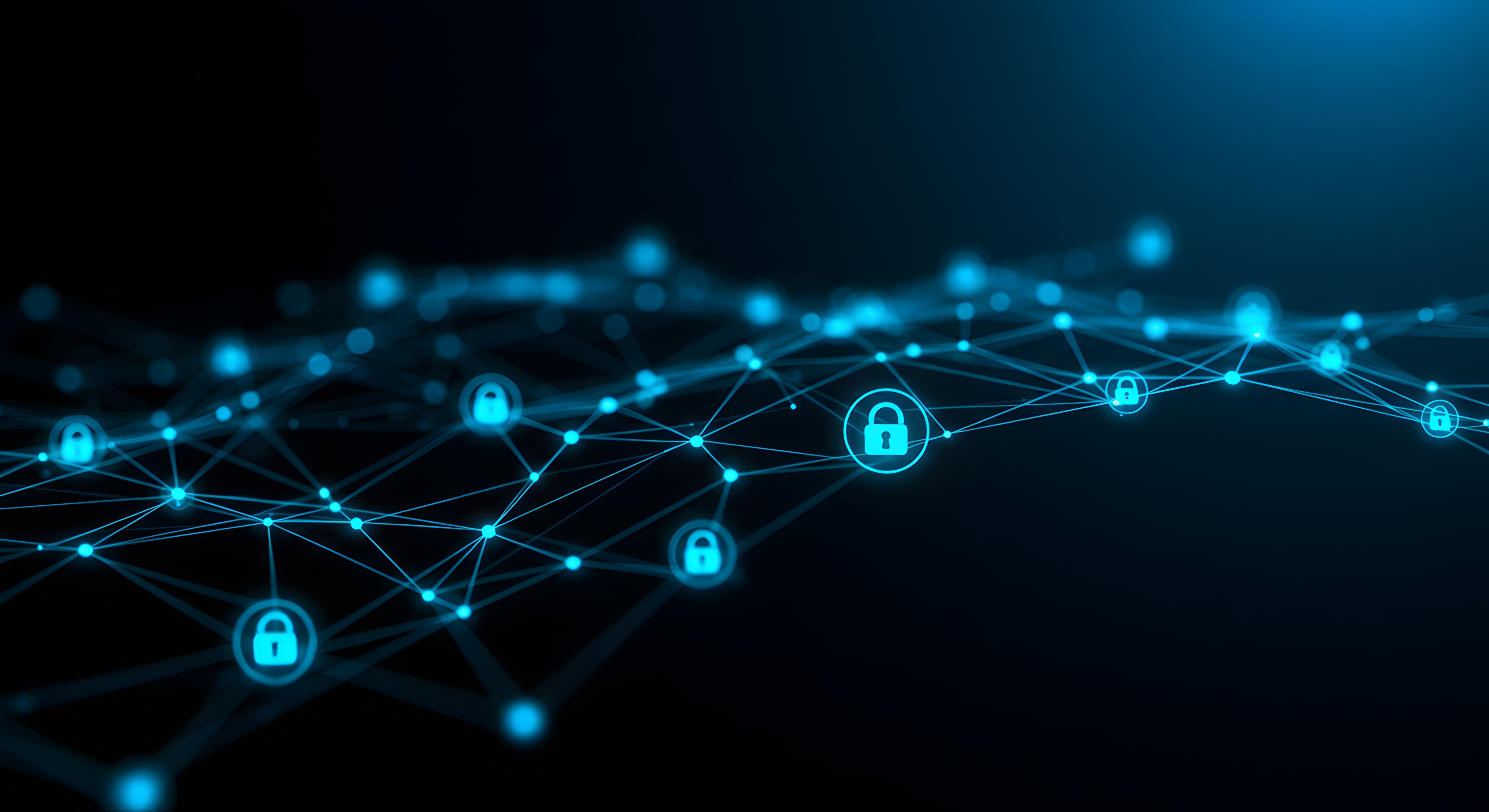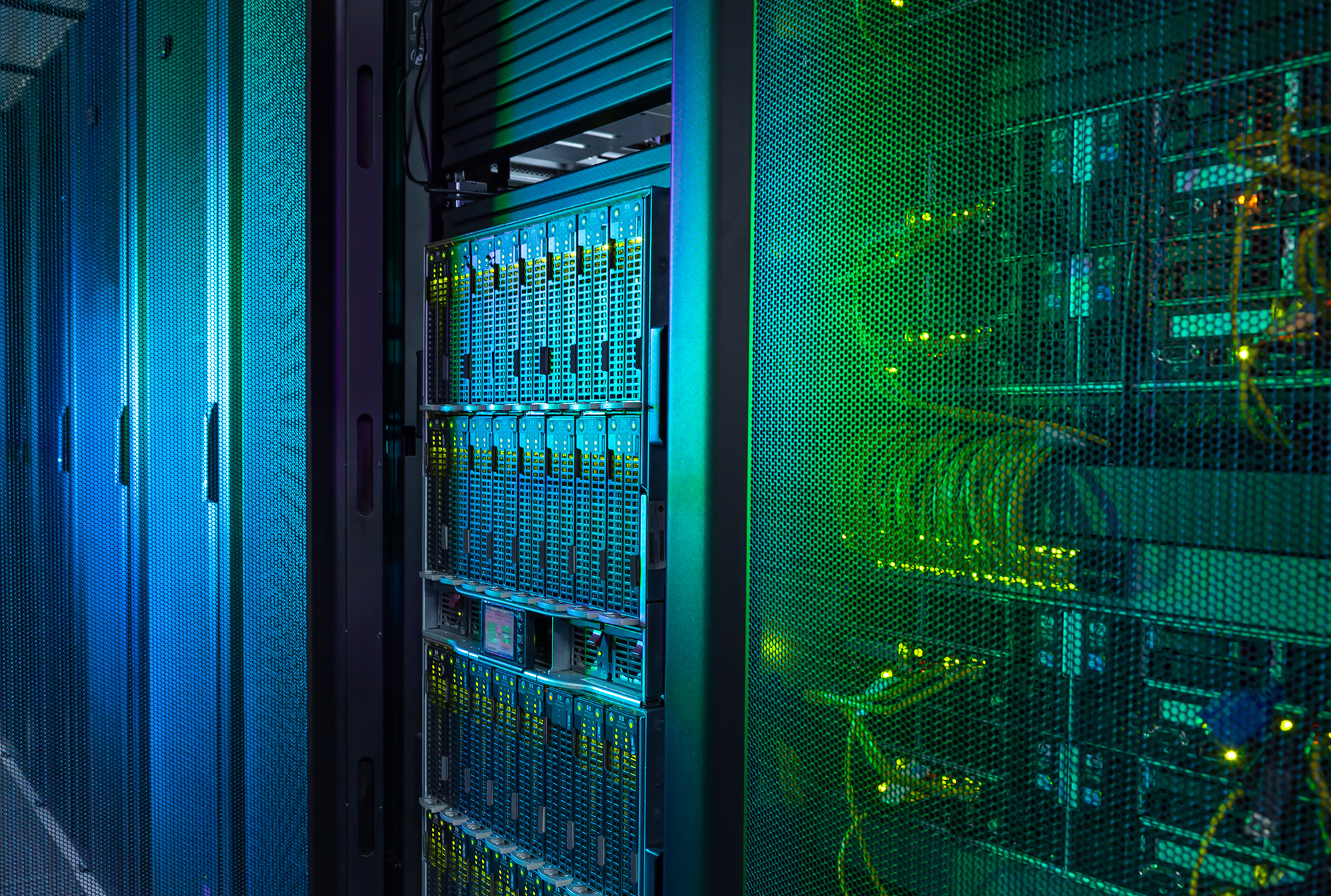
Pulsant recently pledged to slash its carbon and other emissions as part of a thorough review of the entire business. Our goal is to halve all emissions by 2030 and achieve Net Zero by 2050 at the latest.
This will require a continued and sustained effort. To be effective we will need to understand our connections to bring all our suppliers, vendors, clients, and of course our people, with us. Our ambition will be validated in accordance with the Science Based Targets Initiatives’ Net Zero Standard.
Our commitment
While there are pressing reasons for this move, not least making sure we continue to provide the sort and standard of services our client's demand, sustainability outcomes can only be achieved if we make efficient use of limited human and material resources.
We are spending time this January to focus on and remind ourselves of the benefits of lean thinking across the business. Lean thinking has its origins in Japanese and American car manufacturing, with the aim to cut waste in all its various forms through techniques such as ‘5S’.
By thinking more fundamentally about how you and your business work, you can reduce your environmental impact while simultaneously improving efficiency and making working life easier and more pleasant for your people. Although initially developed to aid manufacturing in 1950s Japan, there are still important lessons for any business to learn.
It means identifying and cutting out any part of your business processes that do not add value. Most people in most organisations could quite quickly pinpoint frustrating, fundamentally useless tasks that have somehow been implemented into accepted business routine.
So waste might mean excess transportation, inventory, waiting time, or even the movement of people around an office.
5S principles
At Pulsant we are running a week of events around the 5S principles, which translate as ‘sort’, ‘set in order’, ‘shine’, ‘standardise’, and ‘sustain’. There are clear lessons here for our use of technology.
The first step of ‘sort’ includes dealing with excess archiving of emails, desktop clutter – both on your PC and your actual desk – and other files. This means a better use of resources, a clearer head, and items that are easier to find.
If everyone in an organisation takes action to clean up and reduce their digital footprint, there will be tangible benefits to infrastructure costs, power usage, and associated environmental improvements.
We could even add an extra ‘S’ here. ‘Search’ your emails for the word ‘unsubscribe’ to identify all the newsletters you receive and consider how many you actually read. Either unsubscribe or at least send them to a separate email folder to help declutter your inbox.
The second step is ‘set in order’. Put the applications and files you use most frequently in an easy-to-access place. Tidy up your bookmarks, contact folders, and mail rules. Consider the principles of ‘visual management’ in your workplace processes to make sure your data dashboards are really working for you by making defects obvious.
Arguably, ‘shine’ has become even more important now that many of us are working from home. Treat your physical and virtual workspace to a new year spruce up and polish. Then take a moment to appreciate what you have achieved.
Then think about ‘standardise’. How efficient is your daily routine and what new practices would make it better? How can you adopt the first three steps of this process into your routine? Can you adapt your habits to spend 10 minutes at the beginning of each day to go back to step one and ‘sort’?
Finally, the tough bit, ‘sustain’. Think about the lessons you’ve learned and what has worked, but also how you can make sure they remain part of your working life, and then how you can improve them.
Conclusion
We’re hoping these five steps will help us begin 2022 with efficient physical and virtual workspaces, more considered schedules, and a clear focus on implementing leaner business processes in the year ahead.

%20(4).png)


